 Published in 2021 by Enslow Publishing, LLC 101 W. 23rd Street, Suite 240, New York, NY 10011 2020 Booklife Publishing This edition is published by arrangement with Booklife Publishing All rights reserved. No part of this book may be reproduced by any means without the written permission of the publisher. Cataloging-in-Publication Data Names: Vallepur, Shalini. Title: I can be bold: strong kings and queens who were great leaders / Shalini Vallepur. | Series: I can be | Includes glossary and index. | Series: I can be | Includes glossary and index.
Published in 2021 by Enslow Publishing, LLC 101 W. 23rd Street, Suite 240, New York, NY 10011 2020 Booklife Publishing This edition is published by arrangement with Booklife Publishing All rights reserved. No part of this book may be reproduced by any means without the written permission of the publisher. Cataloging-in-Publication Data Names: Vallepur, Shalini. Title: I can be bold: strong kings and queens who were great leaders / Shalini Vallepur. | Series: I can be | Includes glossary and index. | Series: I can be | Includes glossary and index.
Identifiers: ISBN 9781978519558 (pbk.) | ISBN 9781978519572 (library bound) | ISBN 9781978519565 (6 pack) Subjects: LCSH: Kings and rulers--Biography--Juvenile literature. | Queens--Biography--Juvenile literature. | Leadership--Juvenile literature. Classification: LCC D107.V35 2020 | DDC 321.00922 B--dc23 Printed in the United States of America CPSIA compliance information: Batch #BS20ENS: For further information contact Enslow Publishing, New York, New York at 1-800-542-2595 IMAGE CREDITS All images are courtesy of rob zs. CONTENTS I CAN BEBOLD There have been many great leaders in the past. Kings, queens, princes, and princesses have led people to find food, fight wars, and build big cities. But what makes a good leader?  What does it mean to be bold? Maybe it is standing out from the crowd or taking a big risk to do something that you think is right.
What does it mean to be bold? Maybe it is standing out from the crowd or taking a big risk to do something that you think is right.
Maybe being bold is being scared of something but doing it anyway to help other people. We may not be leaders of a big or a country of people, but we are the leaders of our own lives. What lessons can be learned from the bold rulers of the past? How can we be bold in our everyday lives?  HATSHEPSUT Born: Around 1507 BC Died: Around 1458 BC Hatshepsut was the daughter of Thutmose I, the of Egypt. Hatshepsut was married to her half-brother. Marrying a family member was common in ancient Egypt at the time. When a pharaoh died, their son became the next leader.
HATSHEPSUT Born: Around 1507 BC Died: Around 1458 BC Hatshepsut was the daughter of Thutmose I, the of Egypt. Hatshepsut was married to her half-brother. Marrying a family member was common in ancient Egypt at the time. When a pharaoh died, their son became the next leader.
After Hatshepsuts father died, her half-brother, Thutmose II, became pharaoh. When Thutmose II died, his son, Thutmose III, became pharaoh. Thutmose III was still very young, so Hatshepsut had the important job of acting as for her stepson. She became involved with the in ancient Egypt and had many supporters. Hatshepsut decided to take control of ancient Egypt and, after seven years as regent, she was crowned pharaoh. In order to fit the role of pharaoh and win people over, Hatshepsut wore the clothes that male pharaohs wore.
She even wore a fake beard! During her 20-year rule, ancient Egypt was a peaceful place. Instead of going to war with other people like the pharaohs of the past did, Hatshepsut set up with them. Ancient Egypt became richer under her rule and Hatshepsut built many public buildings and statues of herself as pharaoh. Today, we remember Hatshepsut as one of the most successful pharaohs of ancient Egypt. MY MOUTH IS EFFECTIVE IN ITS SPEECH;
I DO NOT GO BACK ON MY WORD.
- HATSHEPSUT  BE LIKE HATSHEPSUT AND BELIEVE IN WHAT YOU SAY. BE LIKE HATSHEPSUT EGYPTIAN HIEROGLYPHS Ancient Egyptians, including Hatshepsut, used pictures called hieroglyphs to write with.
BE LIKE HATSHEPSUT AND BELIEVE IN WHAT YOU SAY. BE LIKE HATSHEPSUT EGYPTIAN HIEROGLYPHS Ancient Egyptians, including Hatshepsut, used pictures called hieroglyphs to write with.
Each hieroglyph represented a sound, but some represented a full word or even a thought or feeling. Lets try using hieroglyphs!  What Does t Say? Grab a pencil and paper and use the table above to find out what has been written in hieroglyphs on the scroll. Try and make your own secret message using hieroglyphs for a friend or family member to translate. Remember that the same hieroglyph can represent more than one sound!
What Does t Say? Grab a pencil and paper and use the table above to find out what has been written in hieroglyphs on the scroll. Try and make your own secret message using hieroglyphs for a friend or family member to translate. Remember that the same hieroglyph can represent more than one sound!  If you could come up with your own hieroglyphs, what would they look like? Try to draw your own hieroglyphs for the following things: Dog Lunchtime Happy House CYRUS THE GREAT Born: Around 590 BC Died: 529 BC Cyrus became the king of when he was around 21 years old. He founded the and set out to expand it into new lands. The only way to do this was to battle other groups of people and defeat them.
If you could come up with your own hieroglyphs, what would they look like? Try to draw your own hieroglyphs for the following things: Dog Lunchtime Happy House CYRUS THE GREAT Born: Around 590 BC Died: 529 BC Cyrus became the king of when he was around 21 years old. He founded the and set out to expand it into new lands. The only way to do this was to battle other groups of people and defeat them.
Cyrus was a great leader in battle, and he many places. He wanted people to support him so he allowed them to follow their own religions and , as long as they supported his rule. During this time, it was normal for leaders to treat people in conquered places very badly. Cyrus wanted to change this and make sure that people were happy to follow him. It didnt matter what religion or background somebody had, Cyrus treated everybody the same. Cyruss way of ruling was different than other leaders ways.
He tried his best to improve the lives of his people. He helped rebuild damaged temples and helped people return to homes that had been taken from them. Cyrus the Great is remembered for his bold and kind leadership. BE LIKE CYRUS AND TREAT EVERYBODY FAIRLY. 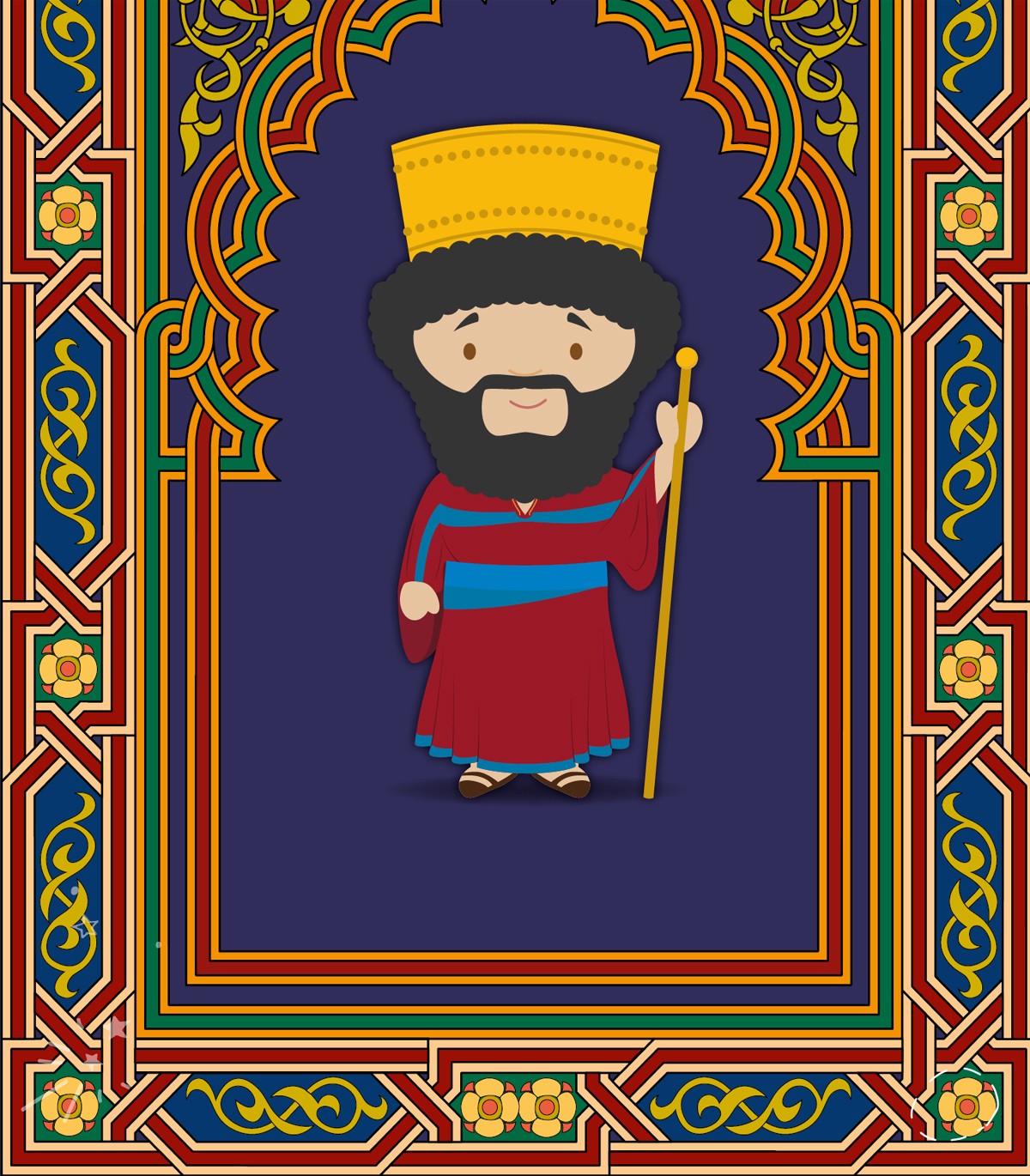 FREEDOM, DIGNITY, WEALTH
FREEDOM, DIGNITY, WEALTH
THESE THREE TOGETHER CONSTITUTE
THE GREATEST HAPPINESS OF HUMANITY.
- CYRUS THE GREAT ASHOKA THE GREAT Born: 304 BC Died: 232 BC Ashoka became the in India. His father and grandfather ruled the empire before him and Ashoka followed them.
Ashoka was a skilled fighter, and he focused on making the Mauryan Empire bigger by conquering new lands with a huge army. Many people were killed during the battles and Ashoka himself was injured. Then Ashoka met some monks who taught him about . After learning about Buddhism from the monks, Ashoka made a huge change and began to practice Buddhist . He saw the destruction that his conquests brought to people and realized that fighting wasnt the best way to lead an empire. Instead of conquering people through war, Ashoka began to spread Buddhism across his empire.
He followed the Buddhist teachings that taught people to be honest, kind, and good to everybody. Following this, Ashoka built hospitals and wells. He taught people to be kind to animals and wanted everybody to live free and happy lives, whatever religion they followed. Ashoka built great pillars and wrote his messages of the Buddhist dharma on them. Some of the pillars still stand today and remind us of how Ashoka made a bold change towards peace for all people. 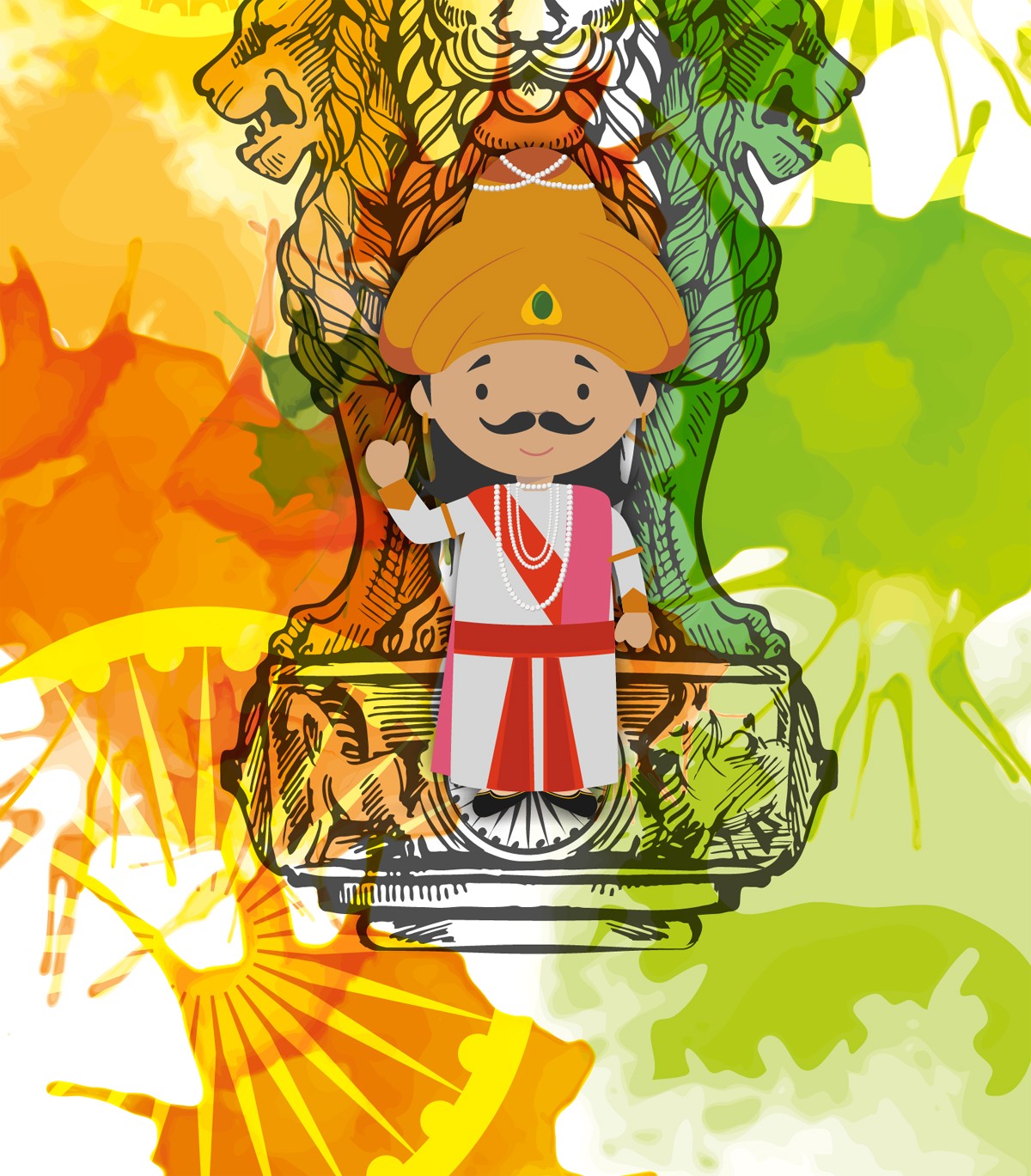 AND WHAT IS DHARMA? IT IS HAVING
AND WHAT IS DHARMA? IT IS HAVING
FEW FAULTS AND MANY GOOD DEEDS, MERCY,
CHARITY, TRUTHFULNESS, AND PURITY.
- ASHOKA THE GREAT CLEOPATRA Born: Around 7069 BC Died: 30 BC Cleopatra was the daughter of the pharaoh Ptolemy XII and his wife Cleopatra V.  AND WHAT IS DHARMA? IT IS HAVING
AND WHAT IS DHARMA? IT IS HAVING
FEW FAULTS AND MANY GOOD DEEDS, MERCY,
CHARITY, TRUTHFULNESS, AND PURITY.
Next page







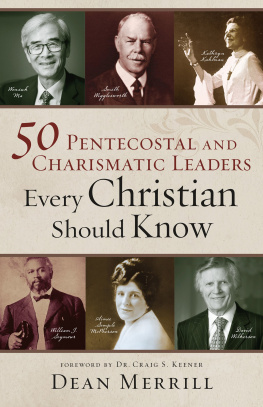
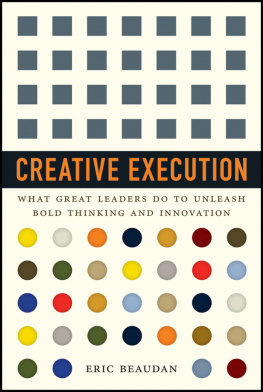
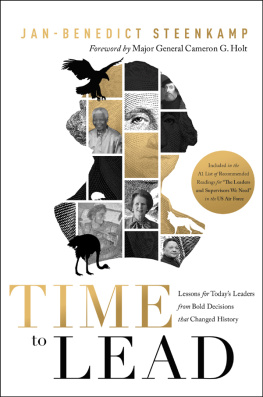


 Published in 2021 by Enslow Publishing, LLC 101 W. 23rd Street, Suite 240, New York, NY 10011 2020 Booklife Publishing This edition is published by arrangement with Booklife Publishing All rights reserved. No part of this book may be reproduced by any means without the written permission of the publisher. Cataloging-in-Publication Data Names: Vallepur, Shalini. Title: I can be bold: strong kings and queens who were great leaders / Shalini Vallepur. | Series: I can be | Includes glossary and index. | Series: I can be | Includes glossary and index.
Published in 2021 by Enslow Publishing, LLC 101 W. 23rd Street, Suite 240, New York, NY 10011 2020 Booklife Publishing This edition is published by arrangement with Booklife Publishing All rights reserved. No part of this book may be reproduced by any means without the written permission of the publisher. Cataloging-in-Publication Data Names: Vallepur, Shalini. Title: I can be bold: strong kings and queens who were great leaders / Shalini Vallepur. | Series: I can be | Includes glossary and index. | Series: I can be | Includes glossary and index. What does it mean to be bold? Maybe it is standing out from the crowd or taking a big risk to do something that you think is right.
What does it mean to be bold? Maybe it is standing out from the crowd or taking a big risk to do something that you think is right. HATSHEPSUT Born: Around 1507 BC Died: Around 1458 BC Hatshepsut was the daughter of Thutmose I, the of Egypt. Hatshepsut was married to her half-brother. Marrying a family member was common in ancient Egypt at the time. When a pharaoh died, their son became the next leader.
HATSHEPSUT Born: Around 1507 BC Died: Around 1458 BC Hatshepsut was the daughter of Thutmose I, the of Egypt. Hatshepsut was married to her half-brother. Marrying a family member was common in ancient Egypt at the time. When a pharaoh died, their son became the next leader. BE LIKE HATSHEPSUT AND BELIEVE IN WHAT YOU SAY. BE LIKE HATSHEPSUT EGYPTIAN HIEROGLYPHS Ancient Egyptians, including Hatshepsut, used pictures called hieroglyphs to write with.
BE LIKE HATSHEPSUT AND BELIEVE IN WHAT YOU SAY. BE LIKE HATSHEPSUT EGYPTIAN HIEROGLYPHS Ancient Egyptians, including Hatshepsut, used pictures called hieroglyphs to write with. What Does t Say? Grab a pencil and paper and use the table above to find out what has been written in hieroglyphs on the scroll. Try and make your own secret message using hieroglyphs for a friend or family member to translate. Remember that the same hieroglyph can represent more than one sound!
What Does t Say? Grab a pencil and paper and use the table above to find out what has been written in hieroglyphs on the scroll. Try and make your own secret message using hieroglyphs for a friend or family member to translate. Remember that the same hieroglyph can represent more than one sound!  If you could come up with your own hieroglyphs, what would they look like? Try to draw your own hieroglyphs for the following things: Dog Lunchtime Happy House CYRUS THE GREAT Born: Around 590 BC Died: 529 BC Cyrus became the king of when he was around 21 years old. He founded the and set out to expand it into new lands. The only way to do this was to battle other groups of people and defeat them.
If you could come up with your own hieroglyphs, what would they look like? Try to draw your own hieroglyphs for the following things: Dog Lunchtime Happy House CYRUS THE GREAT Born: Around 590 BC Died: 529 BC Cyrus became the king of when he was around 21 years old. He founded the and set out to expand it into new lands. The only way to do this was to battle other groups of people and defeat them. FREEDOM, DIGNITY, WEALTH
FREEDOM, DIGNITY, WEALTH AND WHAT IS DHARMA? IT IS HAVING
AND WHAT IS DHARMA? IT IS HAVING